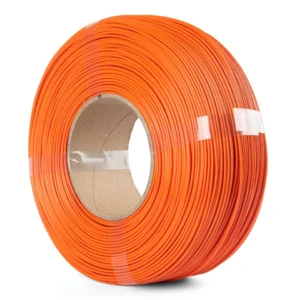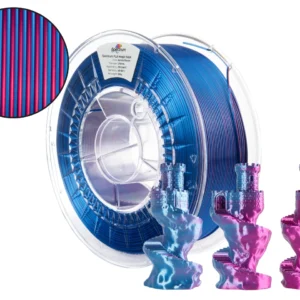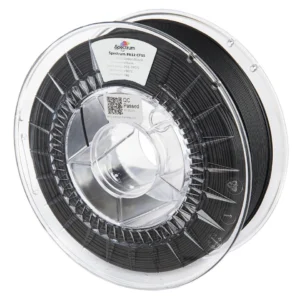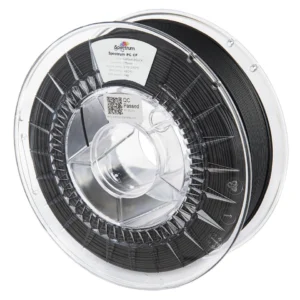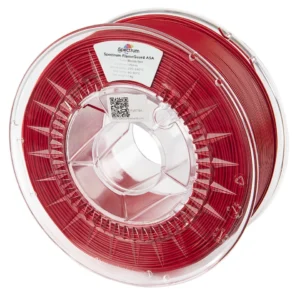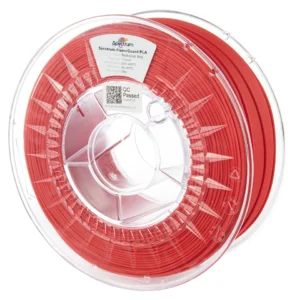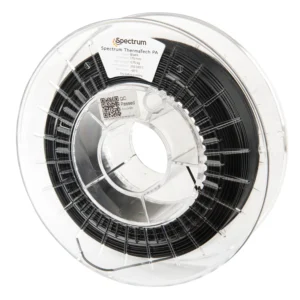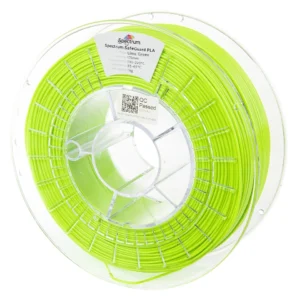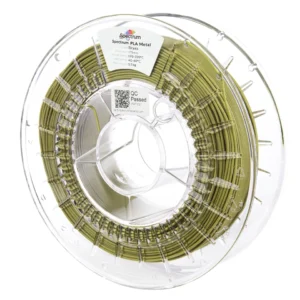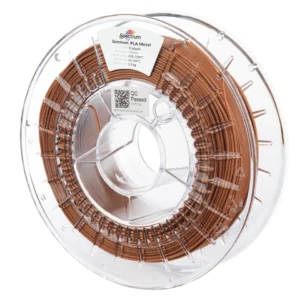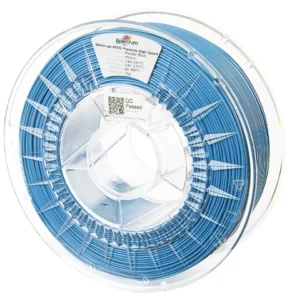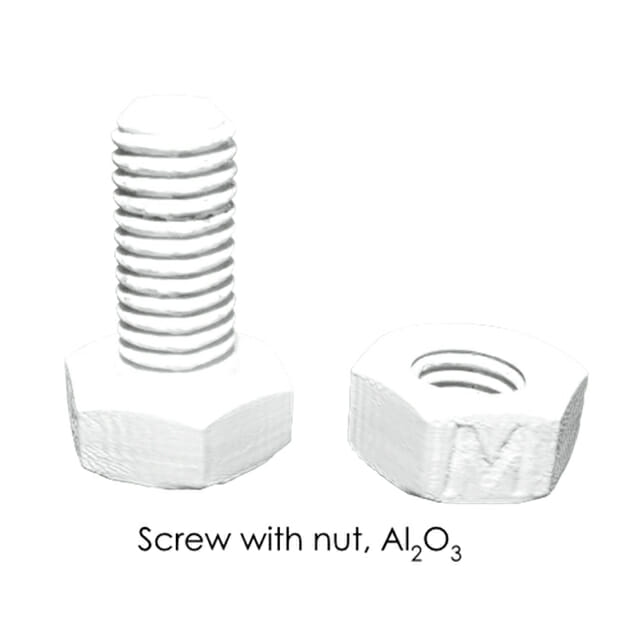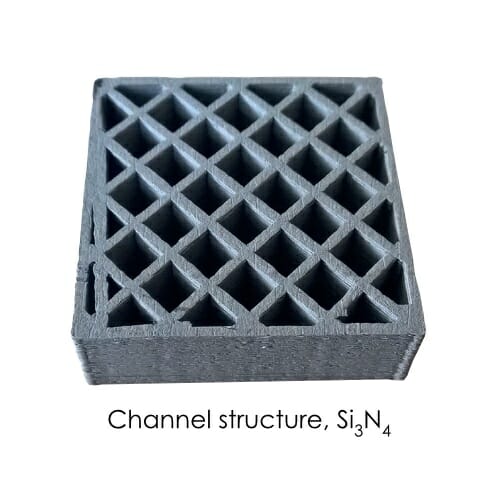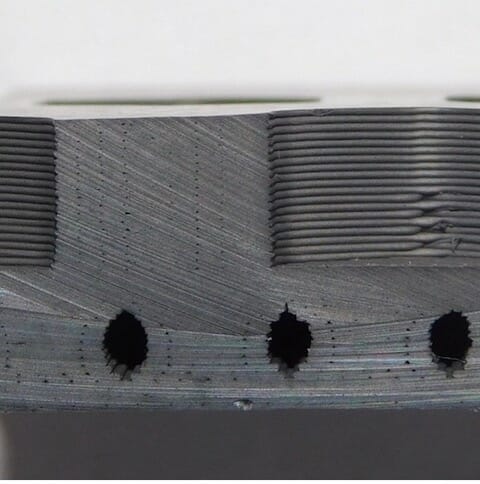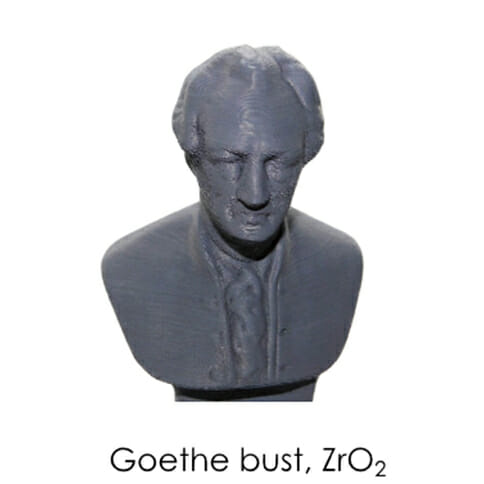SiCeram GmbH, in cooperation with Spectrum Filaments, has developed an innovative series of ceramic materials for 3D printing using FDM/FFF technology! Four specialized filaments are the first such commercial solution on the global market, enabling 3D printing of high-tech ceramics using typical desktop 3D printers.
3D printing is a new additive forming technology for ceramic components. It will find application mainly for the manufacture of prototypes, small batches or complex geometries, for example with hollow interior spaces, that cannot be produced by other traditional techniques.
Alumina
Alumina is a filament containing alumina powder of high purity (99.7 percent). The use of appropriate organic agents as a binder results in a flexible filament that can be used in classic 3D printers operating in FFF/FDM technology. The organic content of the filament amounts to about 19.5 percent by mass.
Aluminum oxide has lower strength than SSiC and Si3N4. The strength at 1,000°C is about 60% lower than at room temperature. Al2O3 is an electrical insulator and a fair heat conductor (about 20 ? 30 W/mK). Corrosion resistance in the acid range is good (pH < 7), but poor in the basic range (pH > 7). Because of the relatively high coefficient of linear thermal expansion (8.5*10-6K-1), the thermal shock resistance of a dense material is relatively poor, but can be greatly improved by targeted incorporation of porosity.
